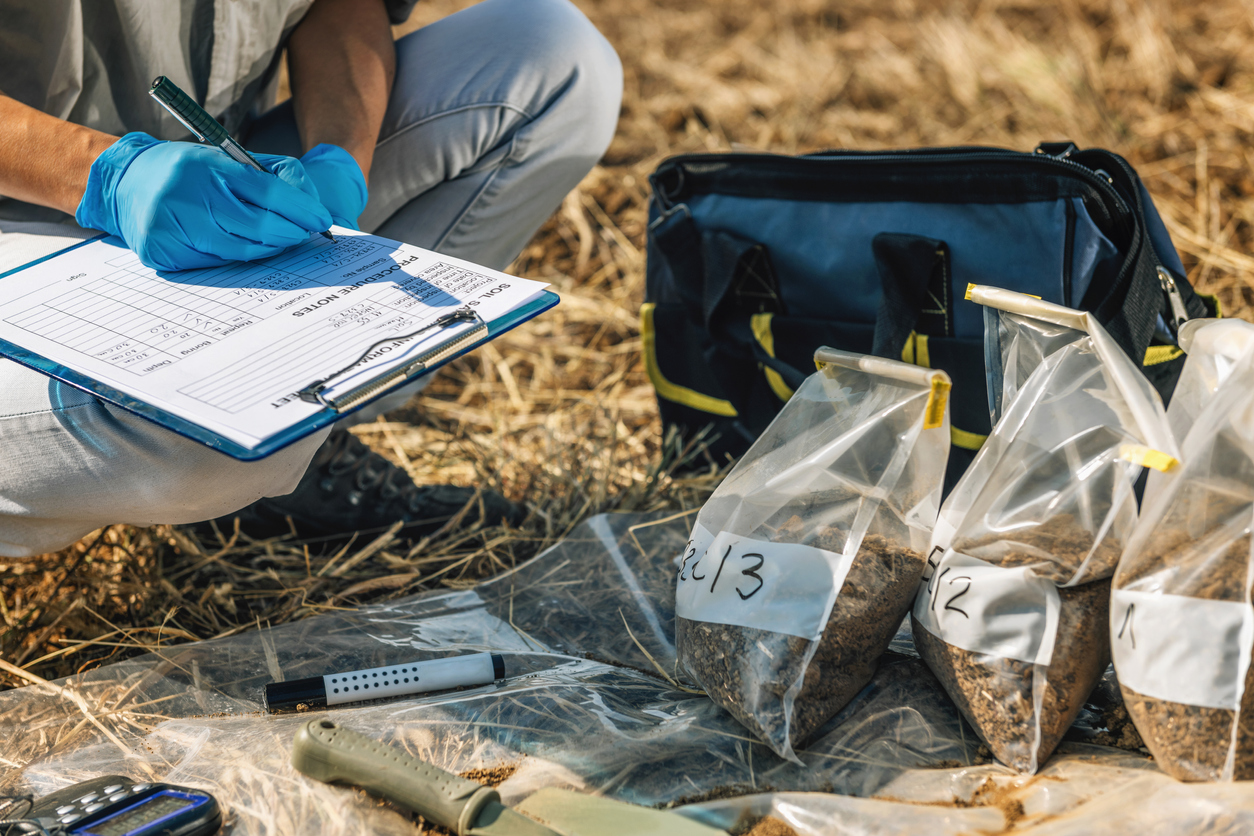Brownfield sites lie unused after having previously been developed. Typically found in industrial and commercial areas, unfortunately, they are often not only contaminated, but the contaminants may be hazardous to our environment, local wildlife, and humans living and working in the surrounding areas. Sadly, Australia has an estimated 10 000 to 160 000 brownfield sites. For this reason, cleaning up the sites or decontaminating and remediating them is critical. But that begs the question, what is the most common brownfield contaminant? Understanding the contaminants is critical to remediate and developing brownfield land.
How Was the Land Previously Used?
The level and type of contamination on brownfield land is dependent on how the land was previously used and whether any care was taken to limit contamination. Among Australia’s most prominent industries are mining, agriculture, and manufacturing. These industries are historically notorious contributors to land pollution and contamination due to the chemicals they use, the waste they produce, and the materials they process and manufacture.
Most Common Types of Brownfield Contamination
With Australia’s most prominent industries being mining, agriculture, and manufacturing, due to poor industrial waste disposal, there are some contaminants may be prevalent.
Common brownfield contaminants in agriculture are:
- Pesticides such as herbicides, fungicides, insecticides, nematicides, rodenticides, molluscicides, plant growth regulators etc.
- Mineral fertilisers containing ingredients such as nitrogen, phosphate and potash.
- Organic fertilisers such as animal compost, manure, sewage sludge, septic sludge, food processing waste, and municipal biosolids.
- Wastewater for irrigation may contain organic contaminants, pharmaceuticals, dangerous pathogens, personal care products, and microplastics.
- Agricultural plastic waste such as mulching films, greenhouse film, protective netting, small tunnel films, irrigation tubing, protective fleeces, etc.
Common brownfield contaminants in mining are:
- Chemically enriched waste left from processing materials may contain cyanide solutions, cadmium, pyrites, arsenic, lead, sulphides, copper, iron, zinc, etc.
- Spillage of ore concentrates during transportation.
- Gold mining may lead to emissions of lead, mercury, nickel, arsenic, zinc, cyanide, etc.
- Uranium mining can produce waste such as radionuclides.
The largest manufacturers in Australia produce:
Chemicals, petrochemicals, glass, gases, building materials, pulp and paper, food, beverages, tobacco, motor vehicle parts, and general manufacturing. The contaminants found on manufacturing brownfield sites vary greatly depending on the products manufactured and the processes involved.
Common brownfield contaminants in manufacturing:
- Food manufacturing may produce biological contaminants such as pathogens and mycotoxins.
- Food processing may produce acrylamide and ethyl-carbamate.
- Pesticide manufacturing may produce HCH, DDT, and chlordane
- Textile manufacturers may produce contaminants such as cadmium, lead, mercury, arsenic, cobalt, copper, dyestuffs, nickel, cellulose, surfactants, and polyvinyl alcohol.
- Polychlorinated biphenyls used to be used in chemical and pharmaceutical manufacturing.
- Accidents and spills in the petrochemical industry can lead to hundreds of heterogeneous chemicals being released into the environment
- In manufacturing building materials, cement manufacturing plants can release carbon dioxide, sulphur dioxide, oxides of nitrogen, organic compounds, PAHs, and trace elements (cadmium, copper and zinc) into the environment.
Although these industries are more strictly regulated these days, there may still be traces of these common contaminants left from old manufacturing plants in brownfield sites.
Remediating brownfield sites is one of the best things you can do to take care of the environment while doing what you love – property development. Once you’ve cleaned up your brownfield site, a property development platform like Archistar can help you identify the most profitable way in which to develop your site. Quickly generate hundreds of different design options and analyse them for potential problems. Then, run a feasibility analysis on select designs to identify those with the greatest potential ROI. Schedule a demo to see how Archistar can help you maximise the profitability of each of your developments.


